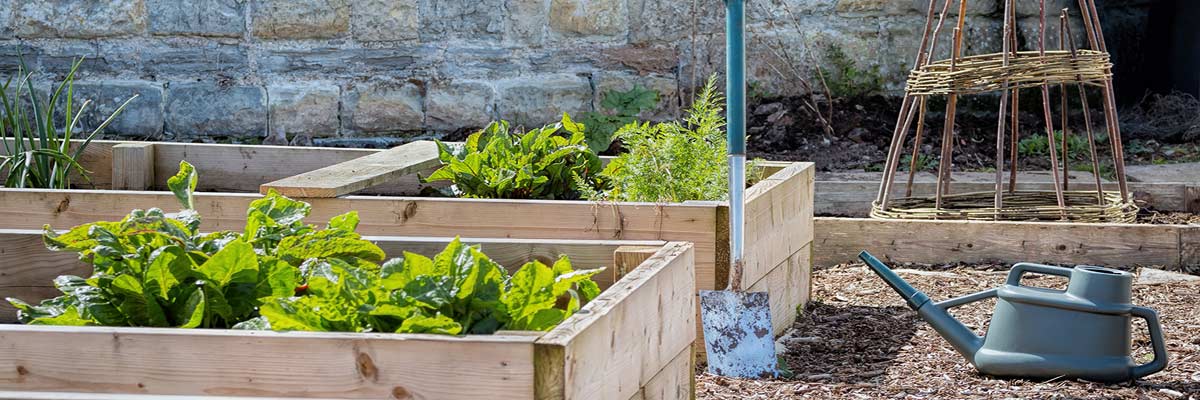Feeding The Suburbs
This is the last story in our series from Wendy.
***************************************************************************************
This evening, after I read Andrew Lost on the Dog to Precious, I sat back in my bedroom and thumbed through the March/April edition of World Ark, the magazine published by Heifer International. What struck me as I read through the articles was the statistic “85% of all farms worldwide are smaller than five acres” (15). Several articles, cited the fact that most subsistence farms in Third World countries are very small – some even as small as mine.
I was surprised.
I have a book someone gave me entitled Five Acres and Independence. I’ve had it for a while, and having that book seemed to reinforce my (mistaken) notion that in order to be self-sufficient, I needed an acreage. I needed land, lots of land and the starry sky above ….
At any rate, a 1/4 acre wasn’t going to do it.
I didn’t know that a large portion of the world’s farmers are working land that isn’t much bigger than the average American suburban lot.
And here in America about half of us live in suburbs. That’s about 150,000,000 people who live in a 1500 to 3000 sq ft home on at least 1/4 of an acre of (potentially arable) land.
You know what that is? Assuming four people per household, that’s like 10 million acres of land.
One issue that has been raised here on my blog is the poor quality of the soil in the suburbs. Yes, it takes time to build soil quality, but it’s not impossible to take very poor soil and amend it over a couple of years.
When we bought our house, the tenants had a chlorinated 3′ deep pool in the backyard. The only thing growing back there was some patchy grass. The front yard was even worse. In most places the soil was so thin and gravelly that the grass couldn’t even get a foot hold. Not even weeds grew out there. To make matters worse, the tenants, who were living here when we bought the house, were using the front lawn as a parking lot for their paving business dump truck.
We started our garden in the back yard. We built a couple of raised beds along the fence. At first we bought some (very poor quality) “loam” from the garden center. We didn’t have a very good crop the first year, but at the same time that we were starting our gardens, we also started a compost pile into which went every plant scrap that made it into our yard and house. Instead of raking and bagging leaves for the town garbage pick-up like our neighbors, we put them in a pile. Instead of putting old banana peels, egg shells and coffee grounds into the garbage, we dumped them on the compost pile. Instead of … what would one do with stuff from the rabbit cage, except stick it in the compost pile? And it got big.
Like most suburbanites, our lives are very busy doing the things we suburbanites do, shopping, working, Family Movie and Pizza Night, and so there wasn’t always the time we needed to work our “farm.” We were lazy with our compost. We’d just dump everything on the pile and basically ignore it, and, yet, by some magic, when we dug it out once or twice a year, there was always this incredible, rich, black soil at the very bottom, underneath the partially decomposed egg shells and autumn leaves.
Sometimes, when we were particularly rushed for time, we’d just take the stuff right off the top and dump it on the garden beds as mulch. Turns out, many plants like “unfinished” compost. That’s what it’s called, apparently, when it hasn’t had the opportunity to decompose all the way down to dirt.
We have some lovely soil now. It’s taken a few years, but we have it.
Shortly after I started talking here about surviving the apocalypse in the suburbs I saw the movie The End of Suburbia in which one individual stated that today’s suburbs are the slums of tomorrow. I said, “No Way!” And until about an hour ago, I still didn’t believe that suburbs were destined for urban rot.
According to this article, I was wrong and he was right, but the future is now, not some undesignated point down the road.
The people described in that article aren’t moving. Where would they go? I’m really happy for folks who are able to not just move out of the suburbs, but who are able to find that little piece of rural heaven and build a self-sufficient life. I think it’s great that they are living their “country” dream.
But let me say it again … and again … and even again, until we all understand ….
Where should the 150,000,000 people currently living in the suburbs go? There just simply is not enough “country” for all of us to have Five Acres and Independence.
Where should we go?
And, more importantly, how can we?
If the people described in that article can’t afford their suburban homes, where many of them moved BECAUSE it was less expensive than where they lived in the cities, how will they afford someplace else?
What’s the alternative? You tell me, because I don’t know.
I found a grocery receipt dated August 19, 2007, less than a year ago. I bought 10 lbs of King Arthur flour and paid $4.99, or about .49 cents per pound. A couple of months ago, I noticed that the price had increased to over $5. I think the price was .57 cents per pound. Today, we bought the same 10 lbs of unbleached white King Arthur flour and paid $8.79. That’s almost double what we paid less than a year ago.
Double.
For flour.
I haven’t bought meat or eggs in six months. I’m really thankful that I don’t have to.
In the magazine I was reading World Ark, Dr. Lutz Goedde, senior program officer in agricultural development at the Bill and Melinda Gates Foundation is quoted as saying, “We believe agriculture is important to help people come out of poverty.”
If it’s true in Third World countries, is it not just as true here?
And maybe the place to start lifting our citizens out of poverty is the suburbs, where we have a little land, not a lot, but a little, and we are able, if not yet permitted, to plant a garden and raise a few chickens.






